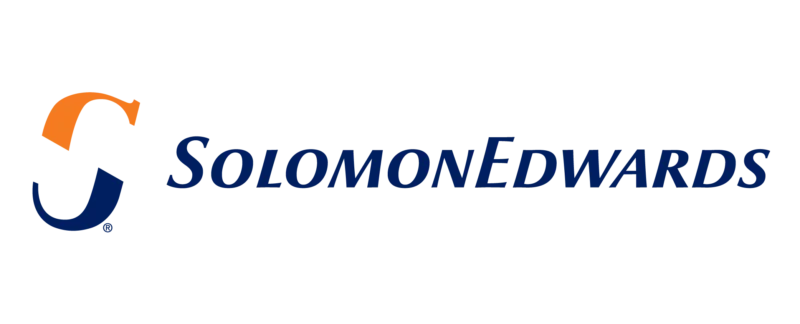Having an efficient and effective corporate project management function can save millions in lost operations costs each year and shore up your company’s strategic goals. The use of a strategic Project Management Office (PMO) may deliver a 25% decrease in the number of failed projects companywide, while improving strategic alignment by over 40%, which are must-haves for a fully optimized PMO.
PMO Maturity Model
A PMO Maturity model can help guide the strategy across categories, highlighting levers within the PMO. We rank PMO maturity on a 1-5 scale, with an average market score of 1.9. While this average may sound lower than expected, few organizations aim to achieve level 5 – Mastered. For many organizations, a mastered level may not be necessary based on the expected values the PMO is set to deliver. My general recommendation for my clients is to set a goal and create an action plan to reach 3.5-4.5.
First, I’ll be breaking down the areas of the model. Think of it as a “report card” for PMO:
The PMO Maturity Scale

The Pieces of the PMO Puzzle
Now that we’ve learned the stages across the maturity scale, what do these categories entail exactly? I’m diving into the levers to better illustrate the pieces to this PMO puzzle…
Strategy and Leadership | Charter
Each organization must determine the charter of their PMO and define the expectations that should drive the structure and leadership of the PMO. Unfortunately, many organizations don’t do this, and stakeholders express discontent with the value the PMO delivers because of differing opinions on what the contributions should be. It is also important to communicate charter and set expectations of stakeholders.
Business Benefit | Intake of New Initiatives
One of the most important functions of a PMO is the intake of new initiatives (projects or programs). If the PMO is not involved in the intake process, they may leave aspects otherwise within their control to remain unchecked with other stakeholders who may/may not be effectively managing the volume of work. More importantly, they may not appropriately define the ROI / desired outcome that the PMO is expected to deliver.
Business Benefit, Governance | Communication
The more dynamic the environment, the greater the likelihood the outcomes are harder to control. One critical vehicle to take control and help manage the narrative is with clear communications. Develop a Communication Plan and stick to it. The Plan should align with the PMO’s goals and stakeholders’ expectations. Determine what areas may be suited to offer on-demand visibility for stakeholders in a self-service model.
Resources | Ownership of Resources
A shared resource model is great in concept but can prove difficult to manage effectively. It often creates an unproductive tug of war, resulting in an unhealthy environment for the impacted resources. This may cause additional challenges for other areas including but not limited to training, career pathing and adherence to processes and methodologies.
Quality & Methods | Quality Assurance (QA)
QA is one of the main levers to bring significant value from the PMO. It is the starting point of becoming a learning organization that fosters a culture of “leaning in” and “doing better”. When we miss the mark with a deliverable, for example over a budgetary or quality issue, there is an immediate and direct cost to the organization unless we learn from it and in turn, it becomes an investment.
Quality & Methods | Repeatable Process
Training and coaching are key to execution of a repeatable process that can be improved over time. When the resources in the PMO are trained on tools, frameworks, processes, and methodologies to be used, they best leverage the Intellectual Capital the PMO has invested in.
Quality & Methods | Repository
To encourage high usage of established processes and methods, these should be well organized and easy for stakeholders to access in a repository. There are good tools and models for this. However, challenges will increase the more complicated the storage, efficient organization, and retrieval of meeting notes, virtual meeting recordings, etc. Put a strategy in place that appropriately fits your PMO and company culture. Some companies align all data in this category to agenda items to make it easy to access.
Quality & Methods | Risk Management
A Risk Management process that is well established, implemented, and managed should provide visibility into future risk areas in a manner that is conducive to proactive mitigation ahead of time. PMO leadership that can effectively communicate risks to its stakeholders is central to obtaining buy-in and gaining understanding of the risks and actions to mitigate.
Governance and Integration | Manage Interdependencies
The larger the portfolio, the more imperative it becomes to utilize a Master Plan for all initiatives. Key dependencies include resources such as financial aspects, facilities, vendors and time. To execute well, a dedicated, organized and skilled planner is paramount.
A few ways you can kick off your journey to increased maturity
- Review your PMO Charter and evaluate if it aligns with what you actually do, and if you are satisfied with the charter.
- Set up a meeting with your Executive Sponsor to discuss. Ask if he or she is satisfied and change it to meet everyone’s expectations.
- Communicate to all stakeholders and start to measure against the Charter. This is how your PMO will be evaluated by the organization
If you don’t have a Charter, there is no better time to develop one! Click here to learn more about how we can assist you with developing your PMO.




